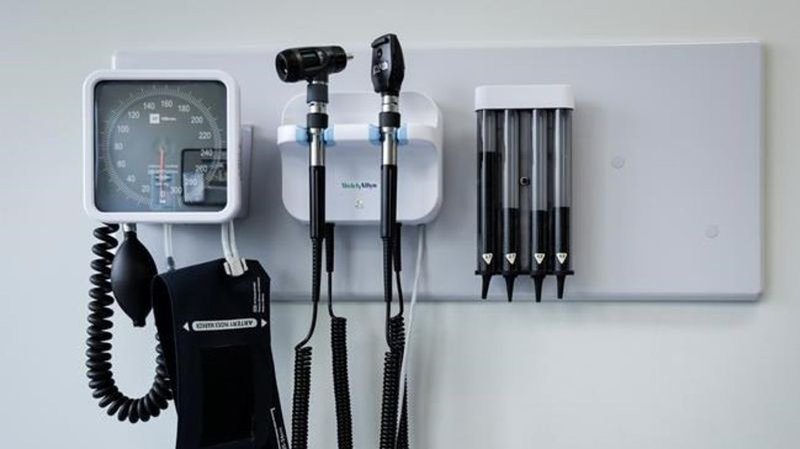
Higher tobacco and vaping taxes offset drug plan spending in federal budget
OTTAWA — The Liberals expect a new bid to curb smoking rates in the federal budget will generate $1.7 billion in new revenue for the government.
The increased cash flow coincides with the launch of a new $1.5-billion drug plan to offer universal coverage for contraceptive and diabetes medications.
Both programs were billed as new health measures in the budget tabled in the House of Commons by Finance Minister Chrystia Freeland on Tuesday.
Health Minister Mark Holland announced the launch of a new pharmacare program in February, following fraught negotiations with the New Democrats.


